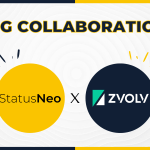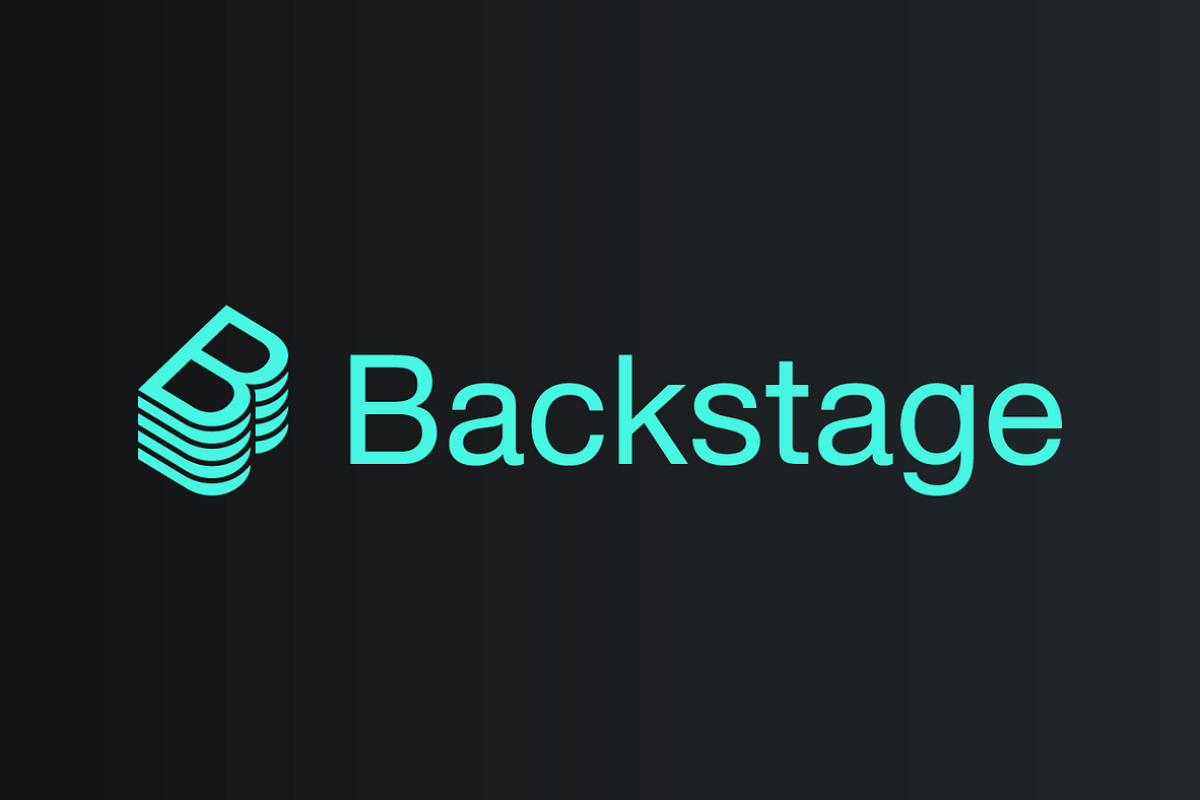Streamlining DevOps Workflows: How ChatOps Improves Collaboration and Efficiency
DevOps is all about collaboration, automation, and continuous improvement. One of the challenges of DevOps is how to effectively manage the communication and collaboration between team members and tools. This is where ChatOps comes in – a powerful approach that combines chat tools and DevOps workflows to streamline communication, collaboration, and automation.
ChatOps is the practice of bringing together people, processes, and tools into a single chat room or channel. By using chatbots, scripts, and integrations, teams can perform various tasks, such as deployments, incident management, and monitoring, directly from the chat interface. This approach improves transparency, efficiency, and productivity by providing a single point of control for all DevOps activities.
Real-life Example of ChatOps Implementation

To better understand how ChatOps works, let’s take a look at a real-life example of its implementation. GitHub, one of the pioneers of ChatOps, uses a custom chatbot called Hubot to manage its DevOps workflows.
Here’s an example of how Hubot can be used to deploy a new version of an application:
- A developer pushes new code to the Git repository.
- Hubot receives a webhook notification from the repository and starts a deployment process.
- Hubot communicates with the team in the chat room, letting them know that deployment is in progress.
- Hubot runs the necessary scripts and commands to deploy the new version of the application.
- Hubot provides feedback on the success or failure of the deployment, including any errors or warnings.
Other Examples of ChatOps-

- PagerDuty: PagerDuty is an incident management tool that uses ChatOps to manage incidents. With PagerDuty, teams can create a new incident from within the chat interface, assign the incident to the appropriate team member, and communicate updates and resolution status to the team in real-time.
- Netflix: Netflix is another company that uses ChatOps extensively in its DevOps workflows. They use a custom chatbot called “Spinnakerbot” to manage their continuous delivery pipeline. With Spinnakerbot, Netflix engineers can deploy code changes, rollbacks, and canary releases, all from within the chat interface.
- Shopify: Shopify, an e-commerce platform, uses ChatOps to manage its deployment process. Their custom chatbot called “Shipit” is integrated with GitHub and Jenkins, allowing developers to deploy their changes directly from the chat interface. With Shipit, developers can monitor the progress of their deployment, roll back if necessary, and receive alerts if anything goes wrong.
These examples demonstrate how ChatOps can be used in various DevOps workflows, including incident management, continuous delivery, and deployment. By streamlining communication and collaboration, ChatOps can improve efficiency, reduce errors, and ultimately deliver better software to end-users.
Implementation of ChatOps

- Choose a chat tool: Choose a chat tool that best suits your team’s needs and preferences. Popular options include Slack, Microsoft Teams, and Discord.
- Create a chatbot: Create a chatbot that can perform various tasks and integrations with other tools. There are many chatbot frameworks available, such as Hubot, Lita, and Botpress.
- Define workflows: Define the workflows and processes that you want to automate with ChatOps. This can include deployment, incident management, and monitoring.
- Integrate with tools: Integrate your chatbot with other tools and services that you use in your DevOps workflows, such as Git, Jenkins, and Nagios.
- Train your team: Train your team on how to use ChatOps and the chatbot. Make sure everyone is familiar with the chatbot’s commands and workflows.
Benefits of ChatOps

- Improved collaboration: ChatOps provides a central location for team members to communicate and collaborate on DevOps activities, reducing the need for multiple tools and channels.
- Increased efficiency: By automating repetitive tasks and integrating with other tools, ChatOps can improve the efficiency of DevOps workflows and reduce the risk of errors.
- Real-time visibility: ChatOps provides real-time visibility into DevOps activities, allowing team members to quickly respond to incidents and make informed decisions.
- Better documentation: ChatOps can generate a log of all activities and conversations, providing a valuable source of documentation and insight into the DevOps process.
Conclusion

ChatOps is an innovative approach that combines chat tools and DevOps workflows to streamline communication, collaboration, and automation. By implementing ChatOps, teams can improve their efficiency, transparency, and productivity, and ultimately deliver better software to their users. So why not give ChatOps a try and see how it can benefit your DevOps workflows?
Still Curious? Visit my website to know more!
For more interesting Blogs Visit- Utkarsh Shukla Author, Utkarsh Shukla Blogs
Add Comment
You must be logged in to post a comment.








